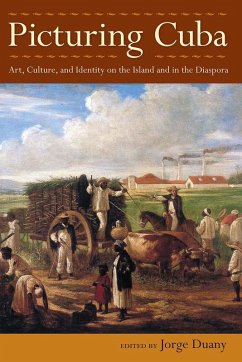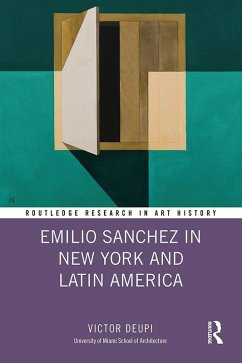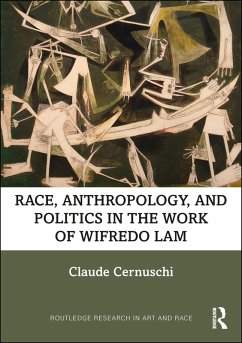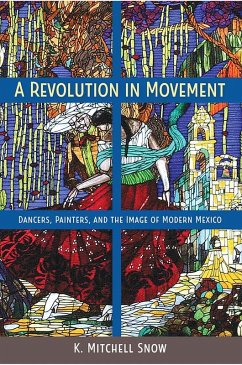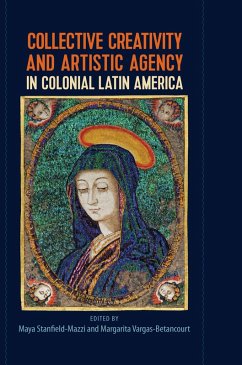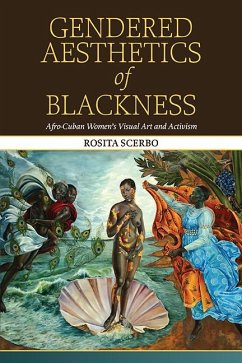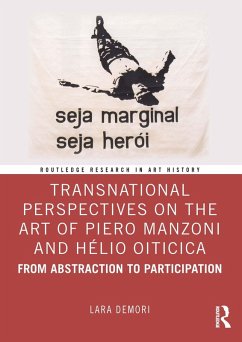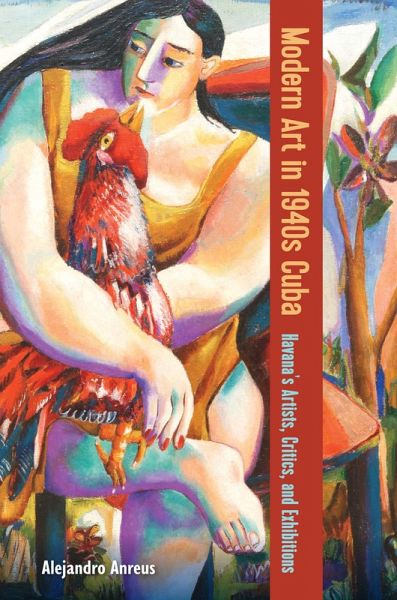
Modern Art in 1940s Cuba (eBook, ePUB)
Havana's Artists, Critics, and Exhibitions

PAYBACK Punkte
13 °P sammeln!
The first book to explore the work of
avant-garde artists in Cuba during the nation's years as a democracy
Providing the first comprehensive history
of modern Cuban art during the 1940s, this book contextualizes the artistic
practices, values, and contributions of the first and second generations of
avant-garde artists on the island within the framework of the nation's only
democratic period.
Between 1940 and the 1952 coup by
Fulgencio Batista, Cuba experienced a democratic system of government as well
as a vibrant cultural renaissance, p...
The first book to explore the work of
avant-garde artists in Cuba during the nation's years as a democracy
Providing the first comprehensive history of modern Cuban art during the 1940s, this book contextualizes the artistic practices, values, and contributions of the first and second generations of avant-garde artists on the island within the framework of the nation's only democratic period.
Between 1940 and the 1952 coup by Fulgencio Batista, Cuba experienced a democratic system of government as well as a vibrant cultural renaissance, particularly in the visual arts. Art historian and curator Alejandro Anreus uses interviews with key figures as well as previously untapped archival materials from this period to explore how Cuban artists collaborated to create distinct visual languages that would become part of the canon of modern art in the Americas. In this decade, Cuban art was showcased in major exhibitions both domestically and internationally, including the landmark 1944 exhibition Modern Cuban Painters at the Museum of Modern Art in New York.
In addition to formal analysis of specific artworks, Anreus provides social art history to situate these artists and their work within their political and economic context. Anreus draws attention to an influential but overlooked decade in Cuba's political and artistic history that reflects postwar hemispheric solidarity and cultural exchange between democracies, highlighting the lasting impact of this time and place on the global landscape of modern art.
Providing the first comprehensive history of modern Cuban art during the 1940s, this book contextualizes the artistic practices, values, and contributions of the first and second generations of avant-garde artists on the island within the framework of the nation's only democratic period.
Between 1940 and the 1952 coup by Fulgencio Batista, Cuba experienced a democratic system of government as well as a vibrant cultural renaissance, particularly in the visual arts. Art historian and curator Alejandro Anreus uses interviews with key figures as well as previously untapped archival materials from this period to explore how Cuban artists collaborated to create distinct visual languages that would become part of the canon of modern art in the Americas. In this decade, Cuban art was showcased in major exhibitions both domestically and internationally, including the landmark 1944 exhibition Modern Cuban Painters at the Museum of Modern Art in New York.
In addition to formal analysis of specific artworks, Anreus provides social art history to situate these artists and their work within their political and economic context. Anreus draws attention to an influential but overlooked decade in Cuba's political and artistic history that reflects postwar hemispheric solidarity and cultural exchange between democracies, highlighting the lasting impact of this time and place on the global landscape of modern art.
Dieser Download kann aus rechtlichen Gründen nur mit Rechnungsadresse in A, D ausgeliefert werden.




